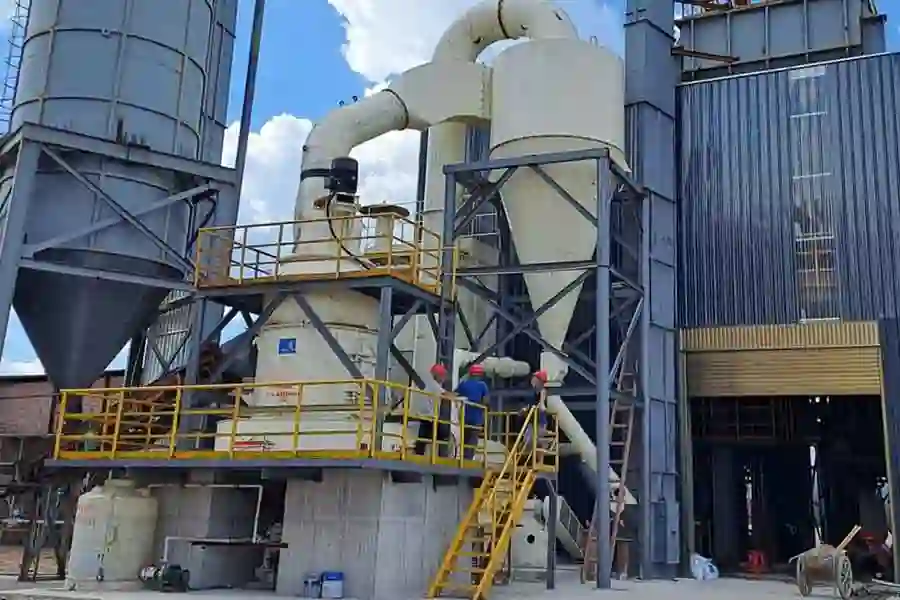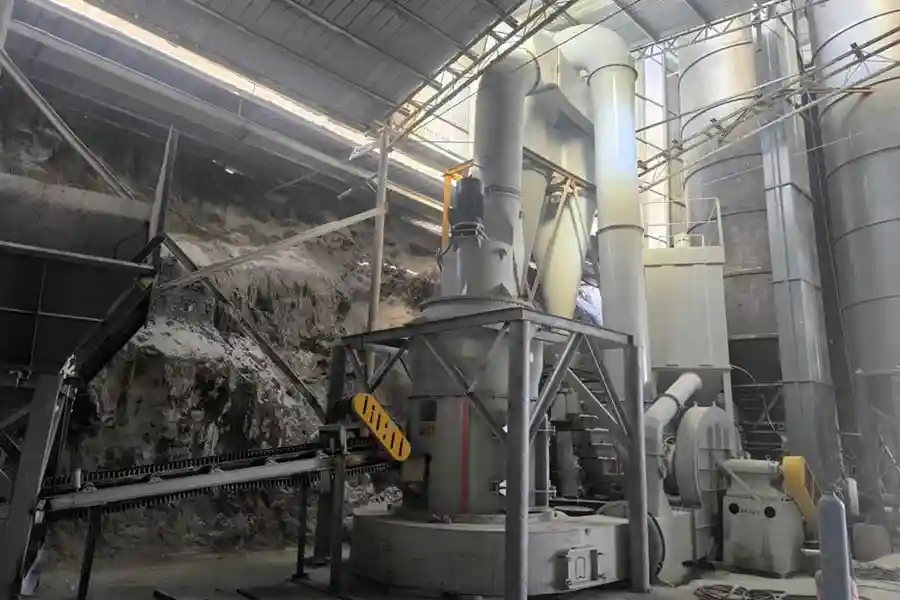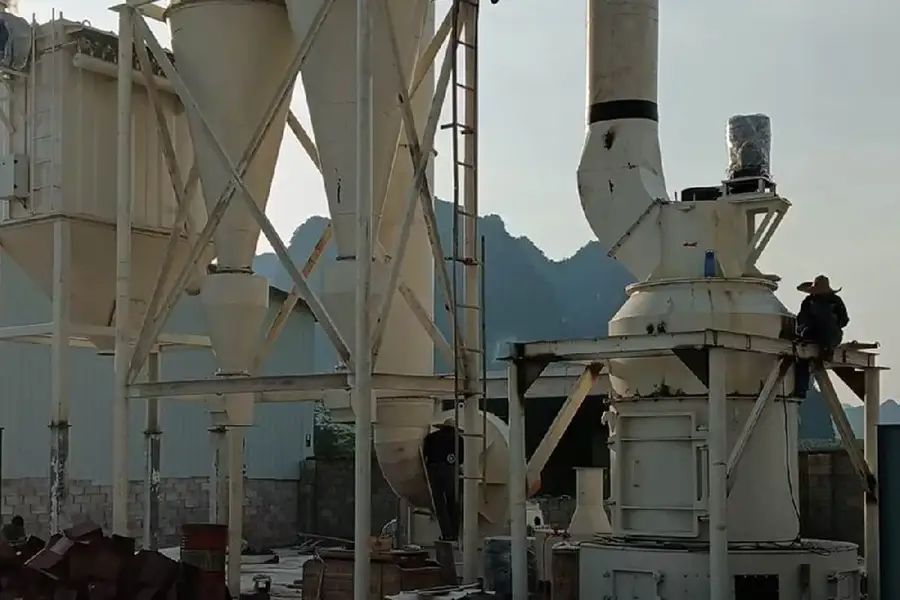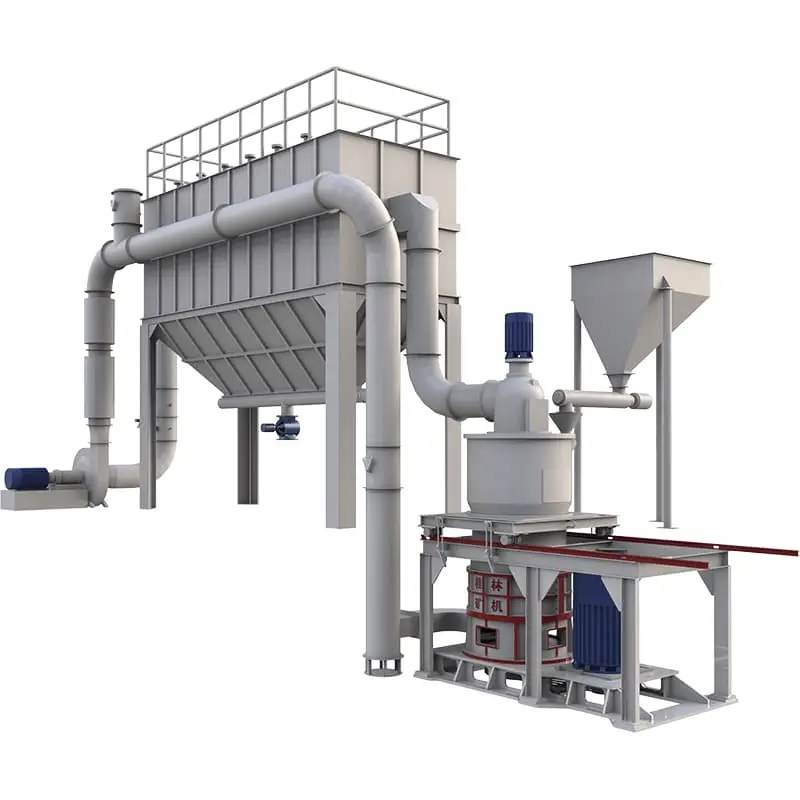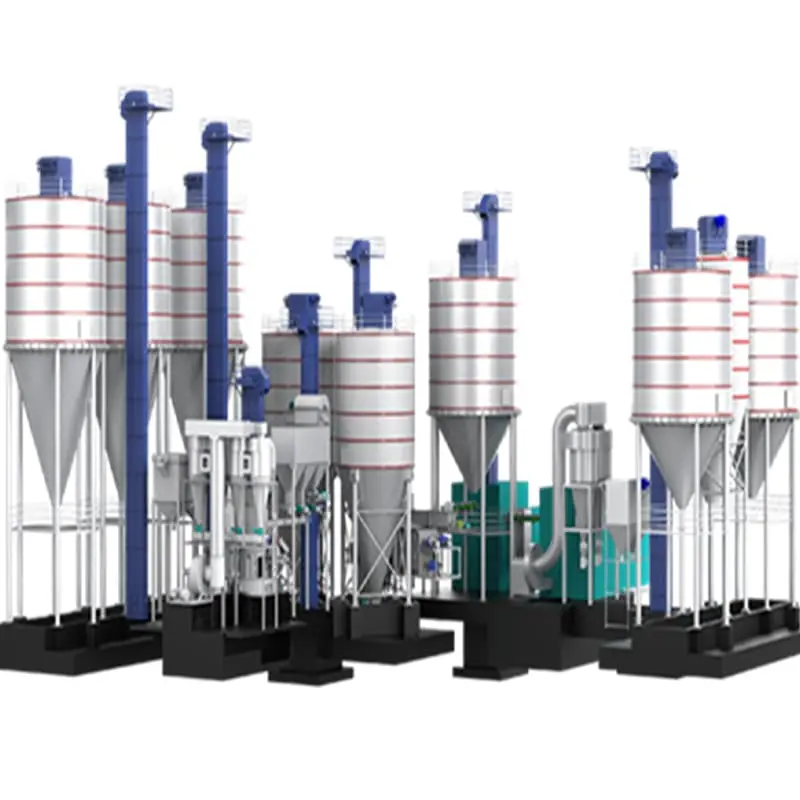- Vertical grinding mill processes calcium carbonate
- Vertical grinding mill processes talc
- Vertical grinding mills process barite
- Ultrafine grinding mill processes iron oxide red
- Mongolian mill processing siderite
- Raymond mill processing blast furnace slag
Telephone:
+86-18290113988 (whatsapp) Kase
+86-13248239223 (whatsapp) Cecilia
+86-17317879223 (whatsapp) Fandi
+86-19921225405 (whatsapp) Luna
Email:sales@shcronus.com
Raymond grinding mill processes bauxite
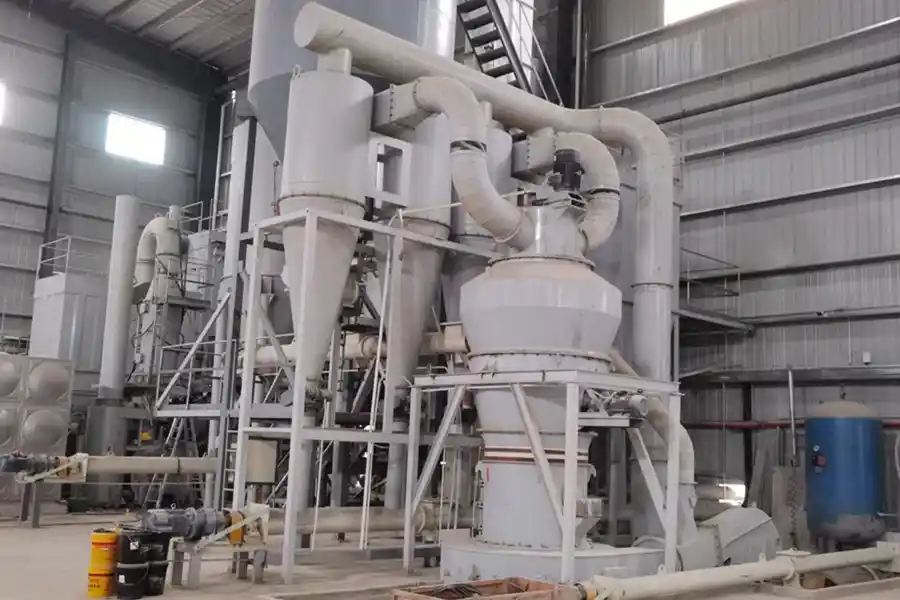
- Publication time:2025-07-10
- Click:33
What is bauxite?
Bauxite is a crucial raw material for the production of metallic aluminum. It is composed of aluminum - containing minerals such as gibbsite, boehmite, and diaspore, and also contains impurities like iron oxide. Its hardness ranges from 1 - 3 on the Mohs scale, it has a soft texture, and its density is generally between 2.3 - 3.5g/cm³.
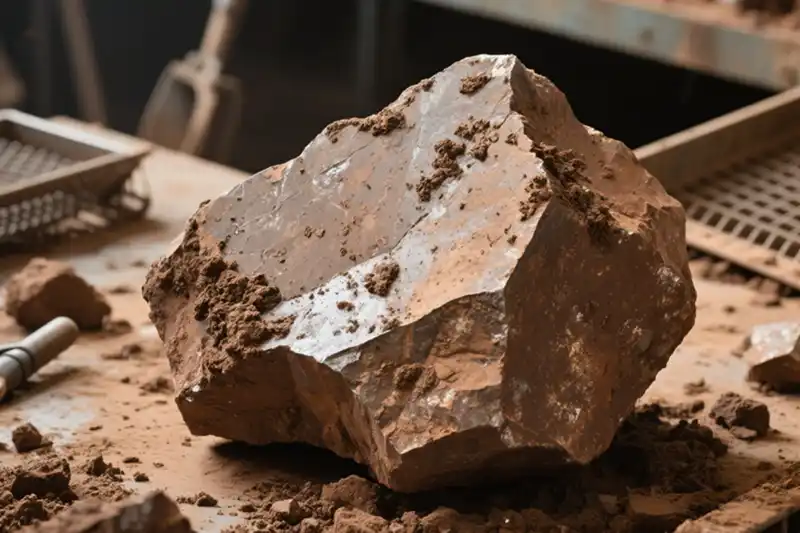
Applications of Raymond mill in processing bauxite
Alumina production: Grinding bauxite into fine powder with a particle size of 80 - 200 mesh can improve the reaction efficiency of alumina, reduce production costs, and increase output and quality.
Manufacture of refractory materials: Low - iron bauxite powder is an excellent raw material for making high - alumina bricks, which play an important role in high - temperature industries.
Filler for plastics and rubbers: Bauxite powder treated specially can improve the performance of plastic and rubber products.
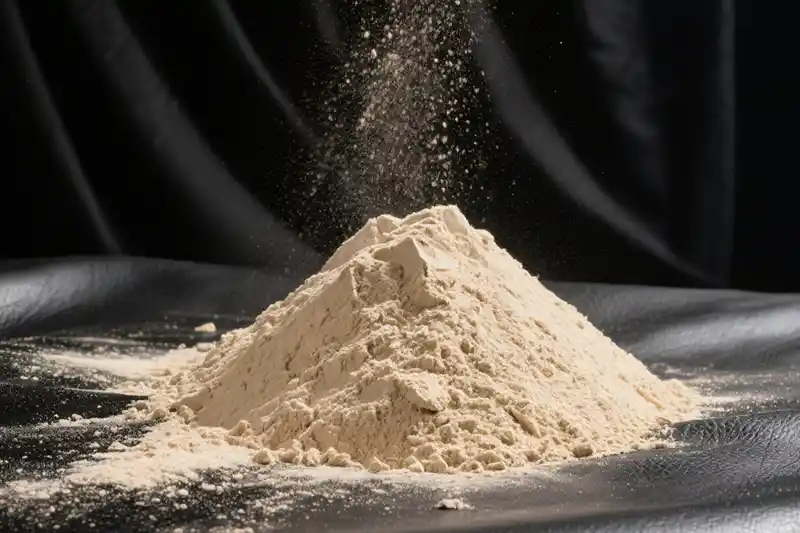
Process flow of Raymond mill in processing bauxite
Pretreatment: Bauxite needs to be coarsely crushed. If the moisture content is >5%, it requires drying treatment.
Grinding: Bauxite is fed into the mill by a feeder. The grinding roller rolls on the grinding ring under the action of centrifugal force for grinding. The airflow carries the fine powder to the classifier. Qualified fine powder enters the collection system, and the coarse powder returns to the mill. The fan and the pipeline system form a negative - pressure airflow to ensure the powder transportation.
Dust collection: The pulse dust collector collects the fine powder, and the sealing system prevents dust from overflowing.
Advantages of Raymond mill in processing bauxite
Applicable fineness: The ball mill can reach 0.5μm; the vertical mill is in the range of 80 - 600 mesh; the jet mill can reach 1 - 50μm; the Raymond mill is in the range of 80 - 325 mesh, meeting the needs of medium - and fine - powder processing of bauxite.
Energy consumption: The unit power consumption of the ball mill is 32 - 38kWh/t; the jet mill has high energy consumption; the vertical mill has relatively low energy consumption; the unit power consumption of the Raymond mill is 18 - 22kWh/t, showing obvious energy - saving advantages.
Maintenance cost: The ball mill, vertical mill, and jet mill have relatively high maintenance costs. The Raymond mill has a simple structure, low maintenance difficulty, and low cost.
Applicable scenarios: The ball mill is suitable for large - scale production and scenarios with strong material adaptability; the vertical mill is suitable for large - scale and high - hardness ore powder processing; the jet mill is used for high - value - added fine processing; the Raymond mill performs excellently in the medium - and fine - powder processing of bauxite.
Summary
The Raymond mill has significant advantages in the medium - and fine - powder processing (80 - 325 mesh) of bauxite: low unit power consumption (18 - 22kWh/t), good energy - saving effect; simple structure, low maintenance cost, and it can efficiently produce uniform fine powder to meet the needs of multiple fields.
向下滚动页面显示"置顶"按钮...


